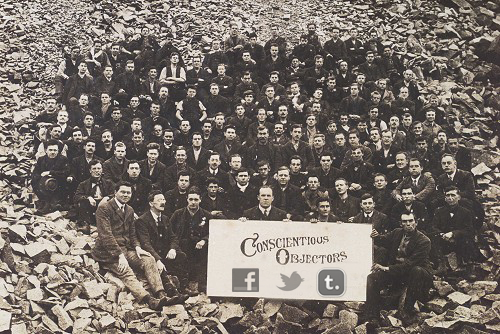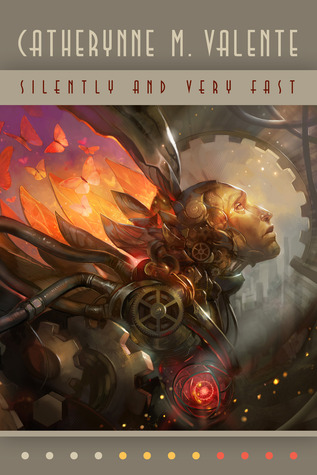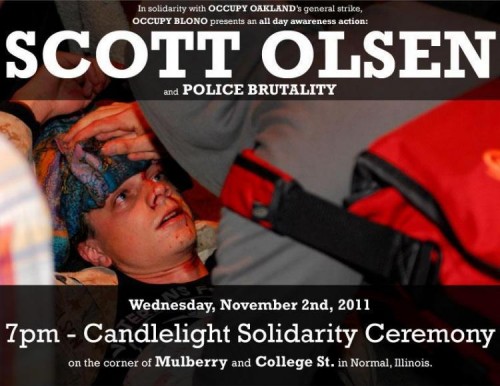
A couple of nights ago I noticed that Paul Mason’s piece on the BBC’s website “In Praise of Bokeh” had earned a number of a “the medium is the message” style comments on the community blog Metafilter. One could characterize these comments as cliche, and so they arguably are – but things have a way of becoming cliche because they happen to be extremely useful frameworks for approaching the world. And I think Bokeh as an effect is worth some approaching, because it suggests some powerful things regarding how we tell stories with visual media and how that storytelling is in the process of changing in conjunction with technology.









